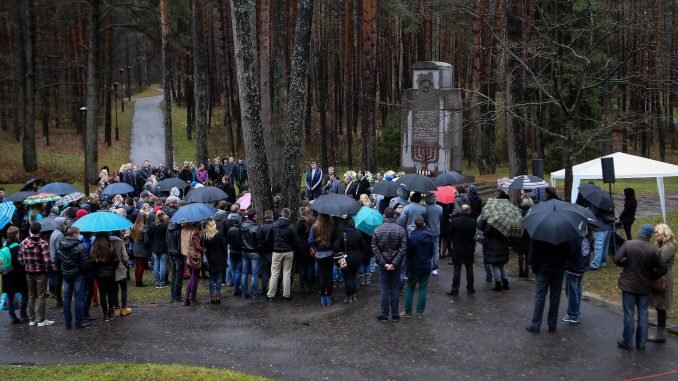
“The memorial is just a small portion of the Paneriai massacre base. It could have occupied 65 hectares, the museum now covers about 19 hectares,” Saulius Sarcevičius, historian at the Lithuanian Institute of History told BNS on Monday.
In his words, the scientists working since last year have discovered five new murder holes in the ground, with two of them still undergoing additional tests.
The results of the research will provide grounds for a decision on commemoration of the site of mass massacre where about 100,000 people, mainly Jews, were murdered during World War II.
The Lithuanian Institute of History launched the thorough tests of the Paneriai site last year in an effort to establish the objects that need to be preserved in the killing site.
In Sarcevičius’ words, the tests revealed new data about entrenchments, path systems and trenches that reveal the method of killing. The historians will advise archaeologists to preserve the landscape and some trees.
“The landscape covered in bushes and trees reflect the massacre processes of the time. The efforts to upkeep the memorial will require preservation of the landscape, the bigger and smaller holes, even some trees. Some of the trees have been burnt, so we think there could have been fires to incinerate the dead bodies near-by,” said the historian.
The tests in Paneriai continue, with the final conclusions expected form the Lithuanian Institute of History in May.
Last year, a US-led team of scientists announced discovery of an escape tunnel in Paneriai.

Be the first to comment